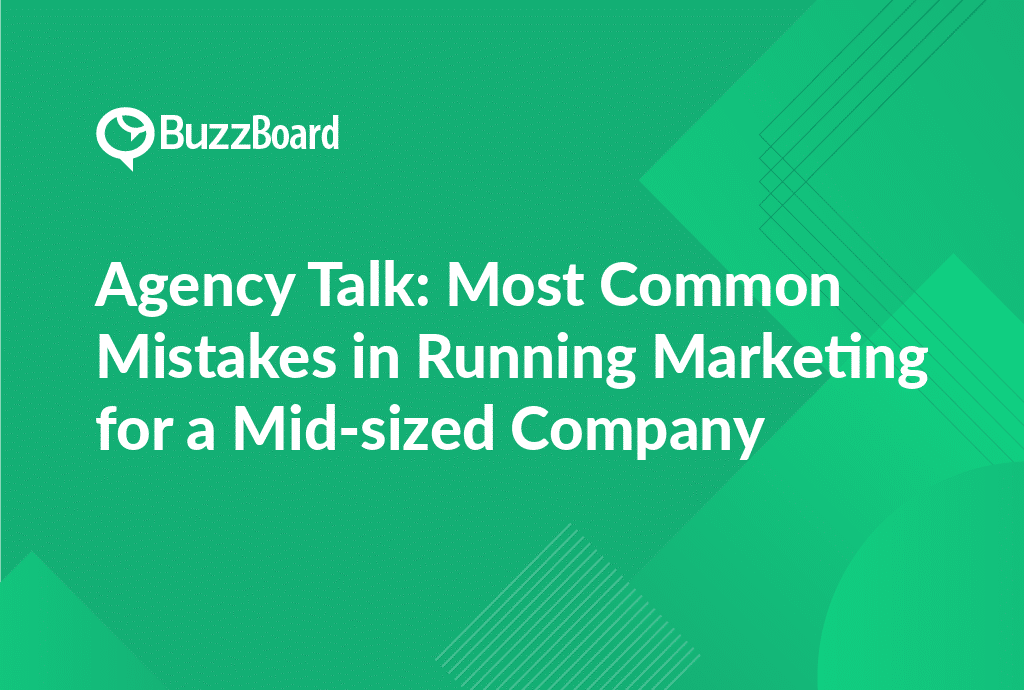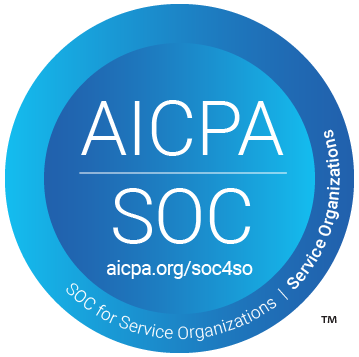What Are the Key Steps in Optimizing the Website of a Mid-Sized Company?
In the realm of digital marketing, website optimization for mid-sized companies is of critical importance. This process involves improving and refining a website to function at peak efficiency and compete effectively.
The first key step in this process is auditing your current website performance and benchmarking it. Tools like Google Analytics offer valuable data about your audience, page views, bounce rates, and more. Simultaneously, a competitive analysis can offer perspective on how your corporate online presence stacks up against competitors.
After the audit, focus on improving the user experience (UX). Critical components of UX include intuitive navigation, quick page load times, and a mobile-friendly design. Given that Google’s index now predominantly uses a site’s mobile content, ensuring mobile compatibility is essential.
With UX in place, the next area of focus is search engine optimization (SEO). SEO-friendly strategies such as keyword integration, meta descriptions, and the use of clean URLs, can significantly enhance your website’s visibility on search engine results pages. This drives more organic traffic to your website.
Importantly, website optimization is not a one-time task, but rather an ongoing process. Regular analysis of your website performance, making appropriate adjustments, and striving for improvements are all critical elements of this process.
Understanding these key steps in optimizing a mid-sized company’s website can arm you with the knowledge you need to effectively meet client needs.
The Importance of Website Optimization for Mid-Sized Companies and How It Improves the User Experience
Website optimization is a key activity for mid-sized companies to boost their online presence. This process not only enhances user experiences but also aids in building strong, competitive, and optimized digital platforms.
How do website improvements enhance user experiences? Simple navigation, fast loading times, and mobile-friendliness can drastically improve a website’s usability. High-quality and relevant content, tailored to your target audience, can also increase dwell time—thus improving search engine rankings and visibility.
Moreover, website optimization can enhance other digital marketing strategies like Search Engine Optimization (SEO) and Pay-Per-Click (PPC) marketing. An optimized website is more likely to rank higher in the search engine results page (SERPs), making your SEO efforts more effective. Similarly, a well-optimized site can increase the chances of conversions from paid clicks.
True Impact of Website Improvements on the Overall UX of a Mid-Sized Company’s Website
The influence of website enhancements on the overall User Experience (UX) of a mid-sized firm’s website can be substantial and transformative. The process of optimizing such a website involves strategic enhancements. Each update or alteration contributes to improved convenience and user-friendliness, ultimately upgrading the overall experience for users.
Focusing on optimizing a mid-sized company’s website essentially translates into making it more attractive, intuitive, and user-friendly. The optimization involves several factors, including mobile-friendliness, website loading speed, effortless navigation, functioning hyperlinks, visually appealing design elements, and high-quality content. Each improvement significantly influences the end-user’s experience.
Website enhancements are crucial, as Google’s ranking algorithm takes the website’s UX into account. If your client’s website isn’t fully optimized, it could negatively affect their online visibility and customer retention, subsequently impacting overall revenue.
In the competitive digital environment where potential customers are a mere click away from competitors, neglecting website optimization can lead to a significant missed opportunity for mid-sized businesses. Advise your clients to view website enhancements not as expenses but as strategic investments towards an improved user experience and better business performance.
How Can Mid-sized Companies Seek Help for Website Optimization and Improving Their UX?
Mid-sized companies often face unique challenges in building an online presence. Even though such firms typically have more resources than small local businesses, they may still grapple with optimizing their website and improving user experience (UX). Fortunately, there are multiple avenues they can pursue to surmount these obstacles.
Adopting a consumer-centric approach is a fundamental step in optimizing a mid-sized company’s website. This means ensuring the site is intuitive and user-friendly. Even simple changes such as enhancing navigation, accelerating loading times, and ensuring mobile compatibility can significantly improve the UX.
However, for mid-sized companies lacking in-house technical expertise, enlisting the help of professional website optimization services can be transformative. These services don’t just optimize the website for performance but also make sure it’s SEO-friendly, positioning the company for enhanced online visibility.
Digital marketing agencies excel at website optimization and can offer a comprehensive array of services. These include SEO, content creation, and website design focused on maximizing user experience. Additionally, industry experts can provide insights into potential website improvements that may not have been apparent from an internal perspective.
Example a Mid-sized Company That Optimized Their Website and Improved User Experience
Eager to bolster its online footprint, the company enlisted a reputable digital marketing agency. After a rigorous evaluation of the company’s site, the agency pinpointed critical areas for improvement. Major issues included sluggish loading times, dated design elements that clashed with the company’s brand, and disjointed content that failed to resonate with their target audience.
Undertaking a thorough revamp of the website, the agency sought improvements in both site performance and aesthetics to create a smooth UX. They boosted the website’s speed, incorporated a sleek, responsive design, and rearranged the content for more relevance and readability.
The changes resulted in impressive gains. The mid-sized company registered a substantial uptick in website traffic, decreased bounce rates, and observable elevation of customer engagement levels. The enhanced SEO of the site facilitated a leap in search engine rankings, intensifying visibility and generating increased leads.









